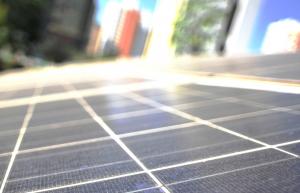Answers to questions you were afraid to ask
Chris Vlahoplus and John Pang are Partners at ScottMadden, Inc. Paul Quinlan is Clean Tech Specialist at ScottMadden, Inc. John Sterling is Senior Director, Research & Advisory Services at the Solar Electric Power Association.
The topic of community solar is suddenly popping up everywhere. Annual installations are expected to jump five-fold-from 21 MW-dc in 2014 to 115 MW-dc in 2015.1 With this rapid growth, you may be wondering what exactly is community solar and how precisely do these programs work? This article offers answers to the burning questions you have been too afraid to ask your colleagues. Topics include key community solar drivers, program design features, and steps for electric utilities interested in designing a program. Let's jump in and get started.
How would you define this market segment called community solar?

While there is no standard industry definition, a community solar project is often characterized by multiple end users or subscribers procuring a portion of the electricity generated from a photovoltaic (PV) solar facility. Subscribers typically purchase a fixed kWh block of electricity or the actual, varying generation associated with a block of purchased capacity (kW). The solar project typically is located near the end-use customers, or at least within the energy provider's jurisdiction. Customers receive the benefit of the transaction on their electric bills. The term community solar does not apply to solar investments that provide a return or benefit outside of the electric bill.

